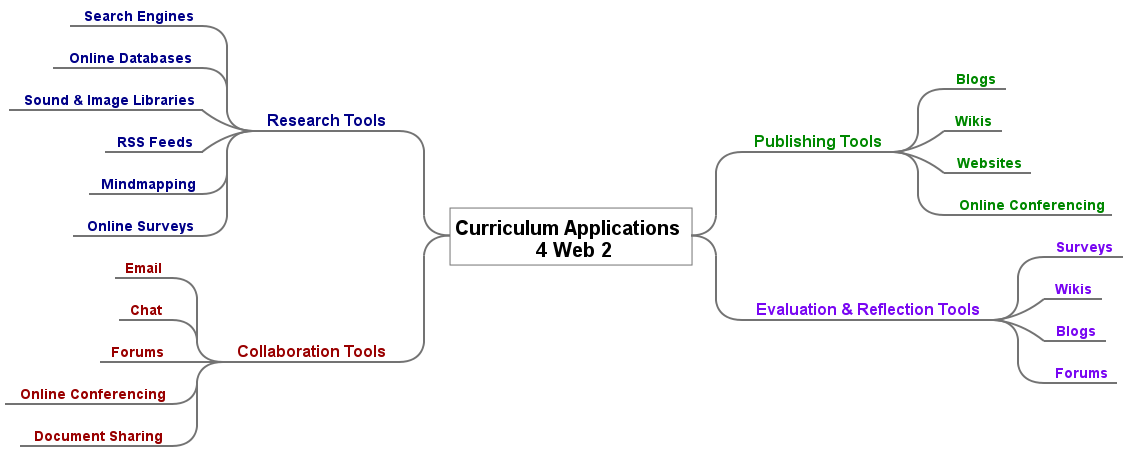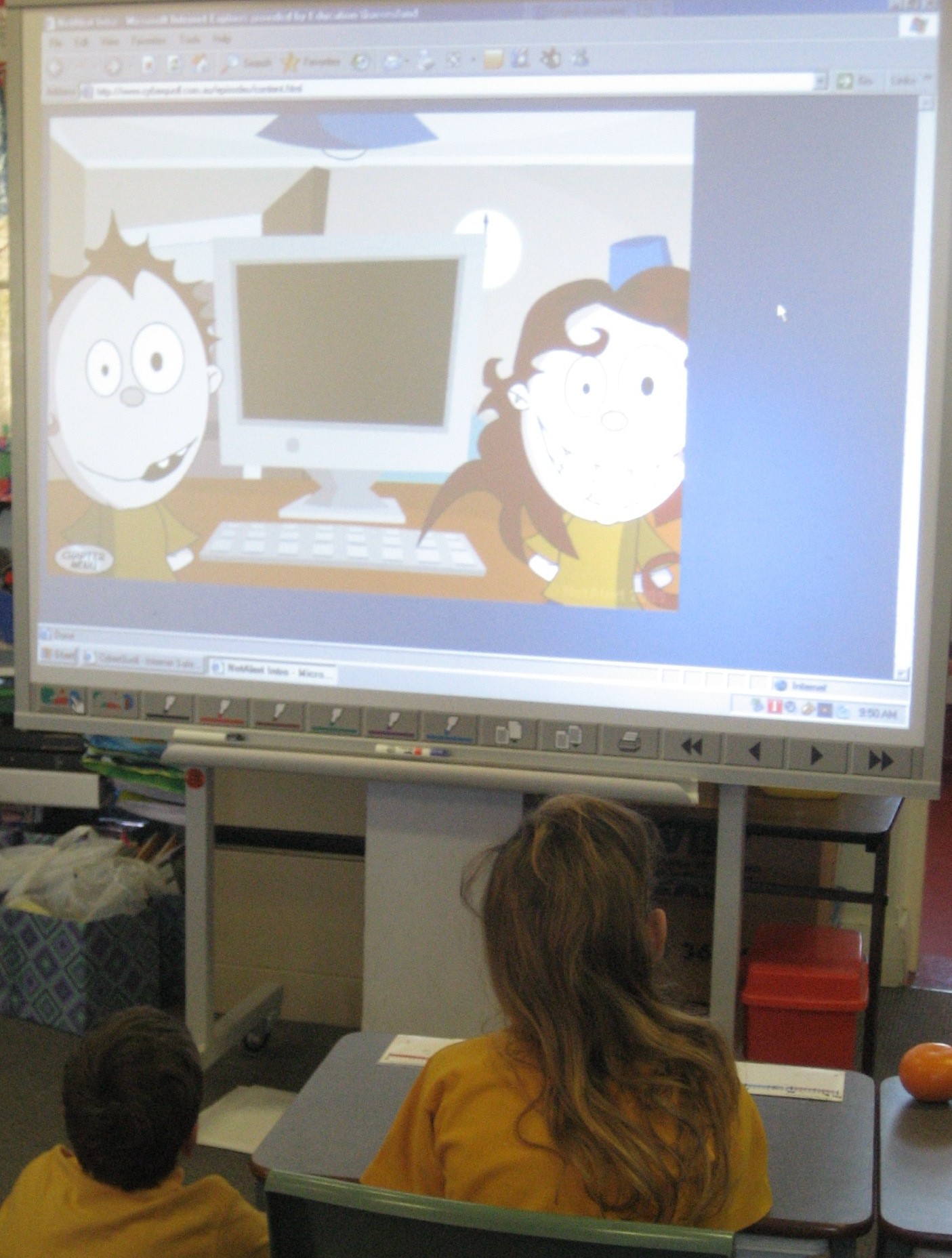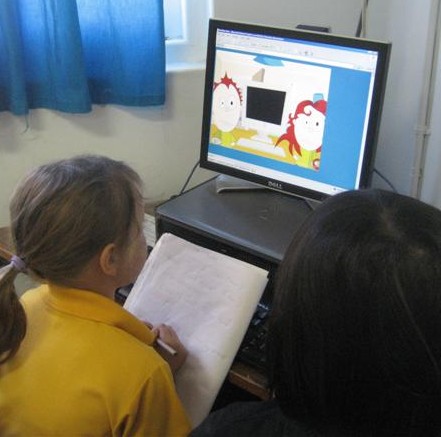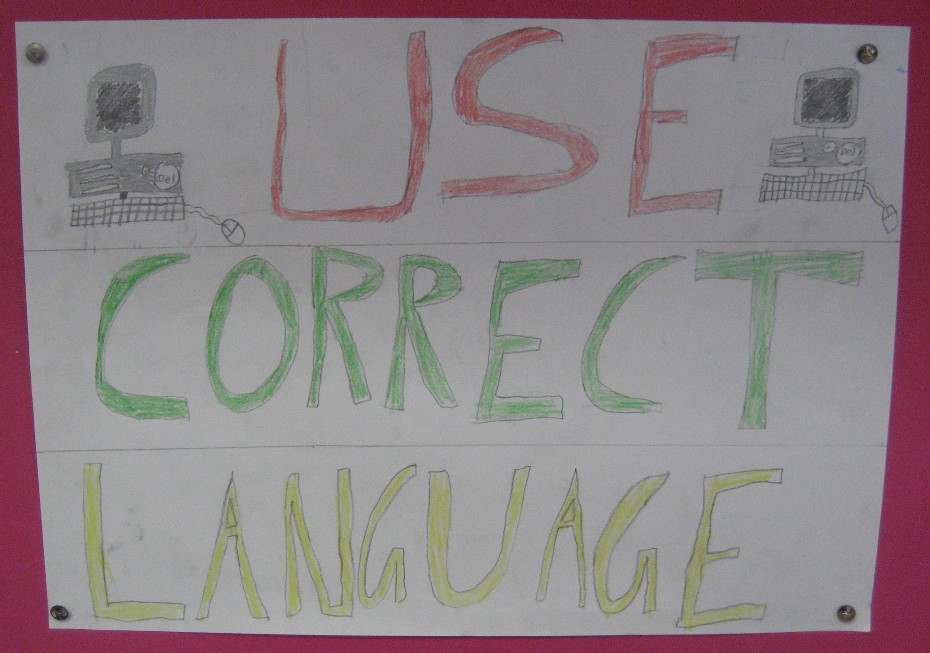Harnessing Technology
1.2 Knowledge of learning and teaching (know about learning and teaching across curriculum areas and developmental levels)
1.2.1 • Have a detailed knowledge of current educational pedagogy.
1.2.2 • Are thoroughly familiar with the information literacy and information needs, skills and interests of learners.
1.2.3 • Fully understand the need to cater for the social, cultural and developmental backgrounds of learners in program implementation and curriculum resourcing.
1.1 Knowledge of the principles of lifelong learning (understand the principles of lifelong learning)
1.1.1 • Are well-informed about information literacy theory and practice
1.1.2 • Thoroughly understand how all learners develop and apply lifelong learning skills and strategies.
1.1.4 • Comprehensively understand the role of information and communication technologies (ICTs) in lifelong learning.
2.1 Learning environment (engage and challenge learners within a supportive, information rich learning environment)
2.1.1 • Create and nurture an information-rich learning environment which supports the needs of the school community.
2.1.2 • Provide access to information resources through efficient, effective and professionally-managed systems.
2.1.4 • Appreciate the dynamic nature of ICTs and their role in education.
2.2 Learning and teaching (collaboratively plan and resource curriculum programs which incorporate transferable information literacy and literature outcomes)
2.2.1 • Collaborate with teachers to plan and implement information literacy and literature programs that result in positive student learning outcomes.
2.2.5 • Teach the appropriate and relevant use of ICTs and information resources.
A Digital World
- Internet(intellectual and physical access)
- intranet (information reflects school needs)
- extranet (collective storage and delivery of information)
- new virtual worlds (student learning and teacher PD)
- real learning in the virtual (asynchronous: email projects, book raps and synchronous: real-time, virtual classrooms)
Staff and students can benefit from harnessing ‘virtual’ potential. Montiel-Overall (2007, p. 152) states that reciprocal idea-sharing and knowledge-sharing can bring people together in communities where they learn from each other.
At the 2008 School Libraries Association of Queensland's conference, Weaver promotes the interactivity of Web 2.0 technologies and compares them to Web 1.0 applications.
Education Queensland is promoting this approach through its Smart Classrooms initiative and The Learning Place. Our school intranet can facilitate informal collaboration amongst staff members. I have a established a OneSchool section on our school intranet and I am currently exploring its potential for sharing information about OneSchool implementation. It also provides a forum for staff questions and concerns. This professional experience might lead to them using similar online tools to participate in wider communities of practices, and transferring their skills to classroom practice. |
Web 2.0
The diagram below (that I developed for our CyberLearning website, Web 2.0 4U) shows how Web 2.0 applications can be used as research, collaboration, publishing, evaluation and reflection tools.

Social and Ethical Implications
Expanded opportunties to access and share information bring with them added responsibilities. Students need to be discerning in their use of information, and teachers have a responsibilty to provide them with the knowledge, skills and attitudes to be discerning.
To support teachers in this, I have set up a suite of virtual classrooms to expand students access to information, and provide opportunities for online dialogue. I am currently working with teachers on each year level to configure their virtual classrooms.
- ICT tools at the point of need (just in time rather than just in case)
- freedom to experiment and take risks
- opportunities for students and teachers to share knowledge.
An important feature of the virtual classrooms will be the capacity for online discussion through chat rooms or discussion boards. Hay highlights the need for teachers to personalise the virtual classroom by having a ‘real identity’ within it. Project rooms and virtual classrooms in Blackboard oThe Learning Place also provide opportunities for ‘real-time’ collaborative interaction amongst students outside our school community and with online ‘experts’.
The school-based decision to prioritise resourcing classrooms with ICTs makes sense. However, although teachers are strategically placed to deliver information literacy programs, they have focussed their attentions on skills development. Very little work has been done on netiquette, Internet safety, copyright and intellectual property or accuracy and currency of information.
I was unable to observe information and ICT literacy lessons. Instead, I sought opportunities to embed information literacies lessons into my current unit of work and explore uses for Web 2.0 applications.
Go 2 Web 2.0 is an online catalogue of Web 2.0 applications.
 | I used our library lesson time and an additional time in the classroom to cover topics such as:
Students viewed the episodes, engaged in discussion, reviewed the episodes and took notes about strategies (golden rules) and developed cyber safety posters. The students enjoyed the animations and wanted to watch them again and again. The materials stimulated lively discussion, and the students made colourful posters to display in our computer area. |
NetAlert is a Commonwealth Government initiative that provides advice to parents and teachers, and online activities for students.
CyberQuoll Internet Safety Education Program is a very engaging program offered for primary students.
A teachers’ guide and student worksheets to accompany the online animations and interactive activities are provided.
AussieMOO provides netiquette guidelines that can be adapted for use in other online environments.
Other topics covered by CyberQuoll include:
-
chat rooms and other online communication
-
viruses, attachments and online hoaxes
-
netiquette
-
online publishing
-
forms and popups
-
credit cards on the Internet
-
mobile phones
This UK Kidsmart site provides Internet advice for under 11 year olds in short tutorials, interactive cartoon movies, quizzes or activities.
The OZTL_
 |  |
Web 2.0 for Kids
For a one-stop shop of curriculum applications of Web 2.0 visit Web 2.0 4U. http://webtanks1.synthasite.com/
These websites from Go2web2.0 look promising.
E-learning for kids (lists free online learning opportunities from around the world) http://www.e-learningforkids.org/
Kerpoof (art studio) http://www.kerpoof.com/
Tikatok (publish your own stories) http://www.tikatok.com
Zefty (pocketmoney management program to teach responsible spending and saving habits) http://zefty.com/
Pikikids (comic creator) http://www.pikikids.com/
Mangolanguages (Free language tutorials) http://www.mangolanguages.com
References
Hay, L. (1999). Information Literacy in a Digital World. Keynote address presented at the Tasmanian Department of Education's Charles Sturt University Visiting Lecturer Series. Retrieved October 20, 2008 from http://golum.riv.csu.edu.au/~lhay/presentations99/ILDigital/index.htm
Montiel-Overall, Patricia. (2007). Research on teacher and librarian collaboration: an examination of underlying structures of models Library and Information Science Research, 29 (2), 277–292.O'Connor, Cheryl. (2007). Teacher librarians and school leadership. Access, 21 (March), 5–7.
Weaver, B. (2008) Put your self in their space: Web 2.0 Technologies. Conference Paper, SLAQ 2008 Biennial Conference: Retrieved October 19, 2008 from http://www.slaq.org.au/events/2008/index.htm.